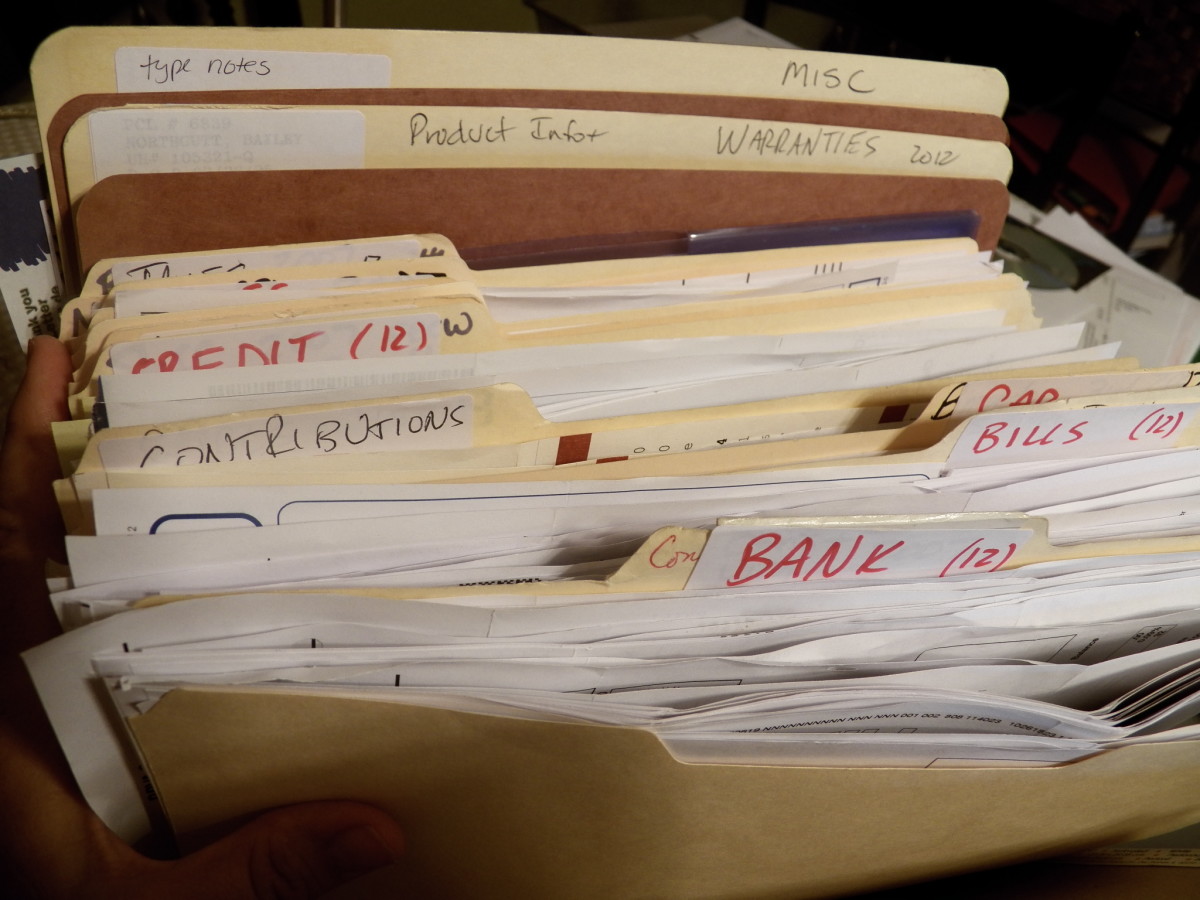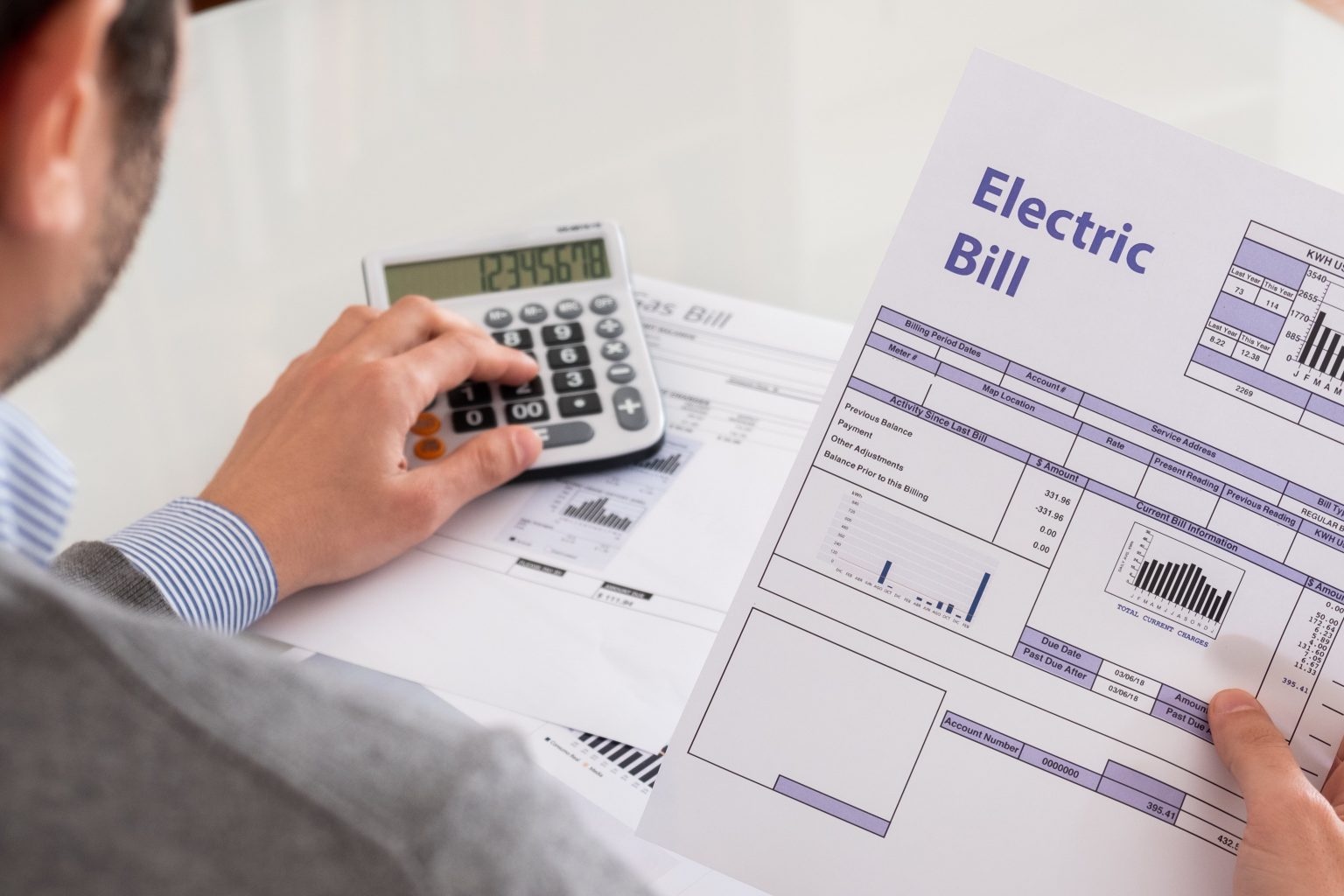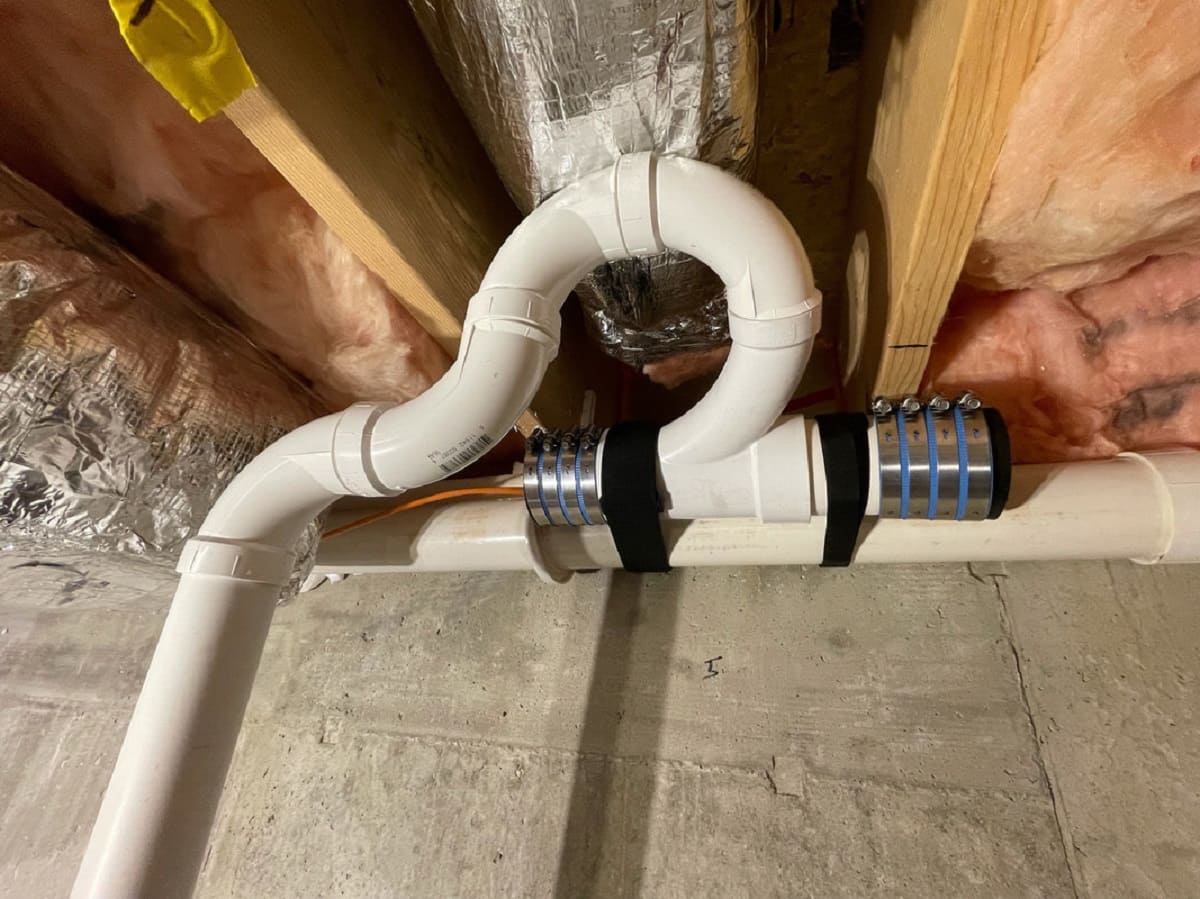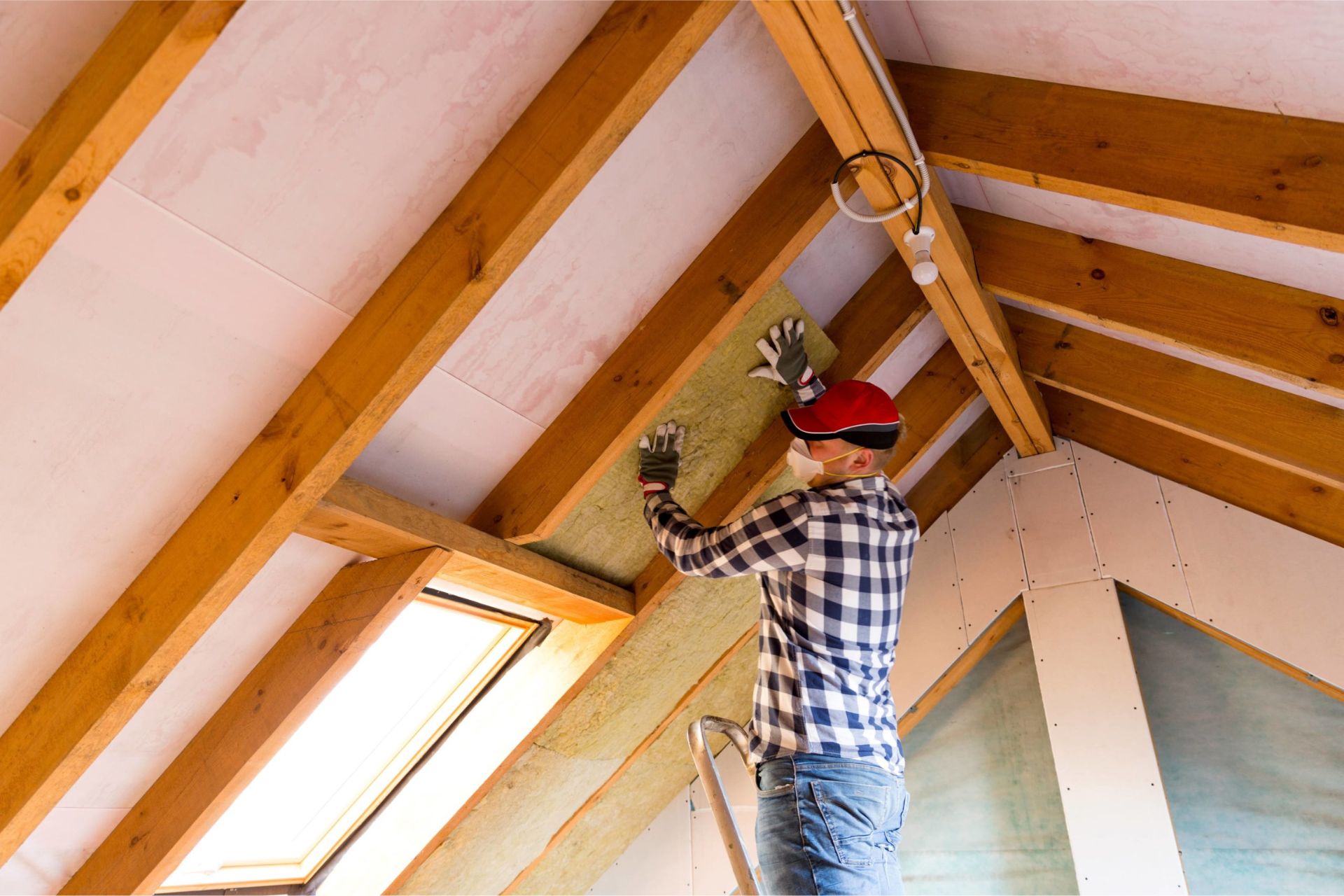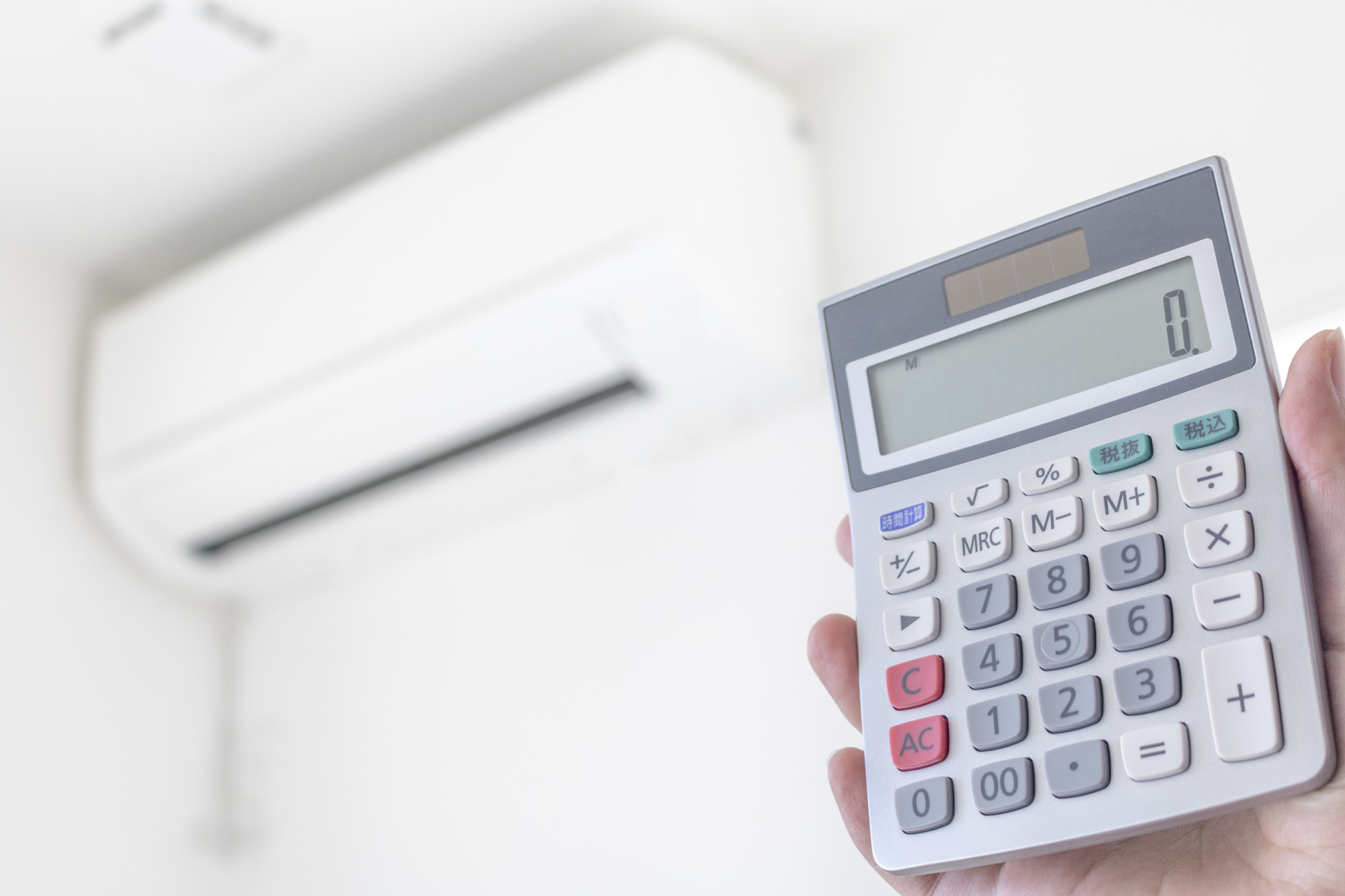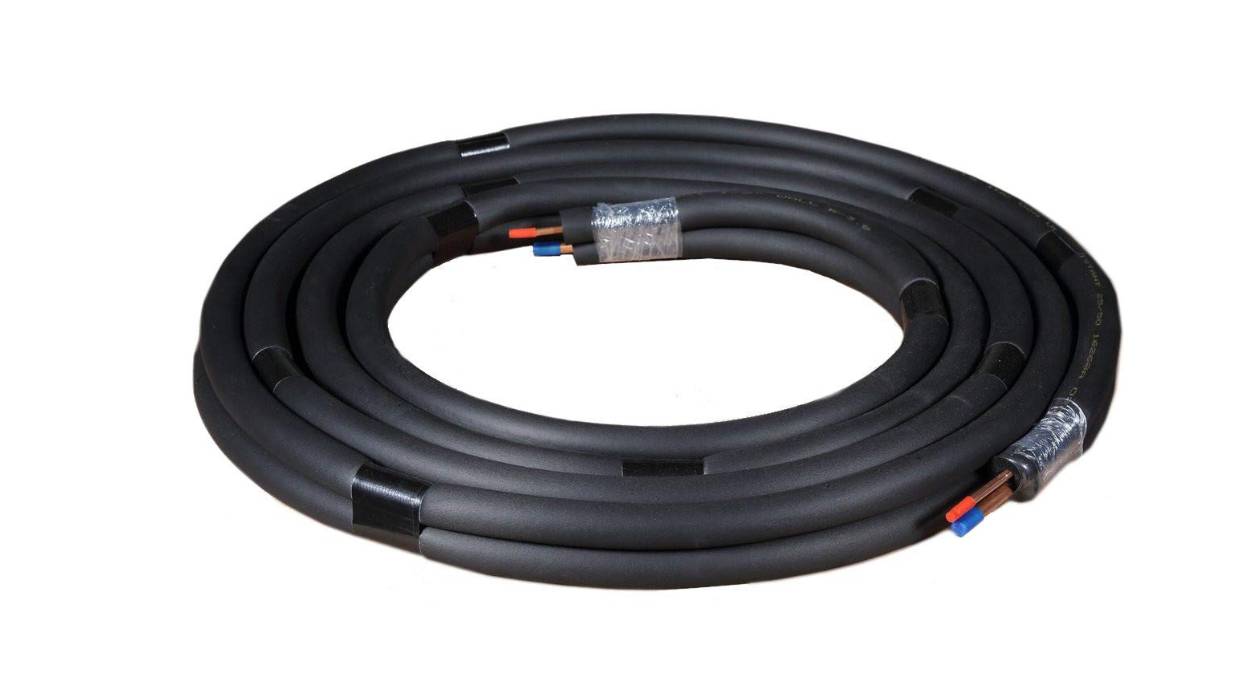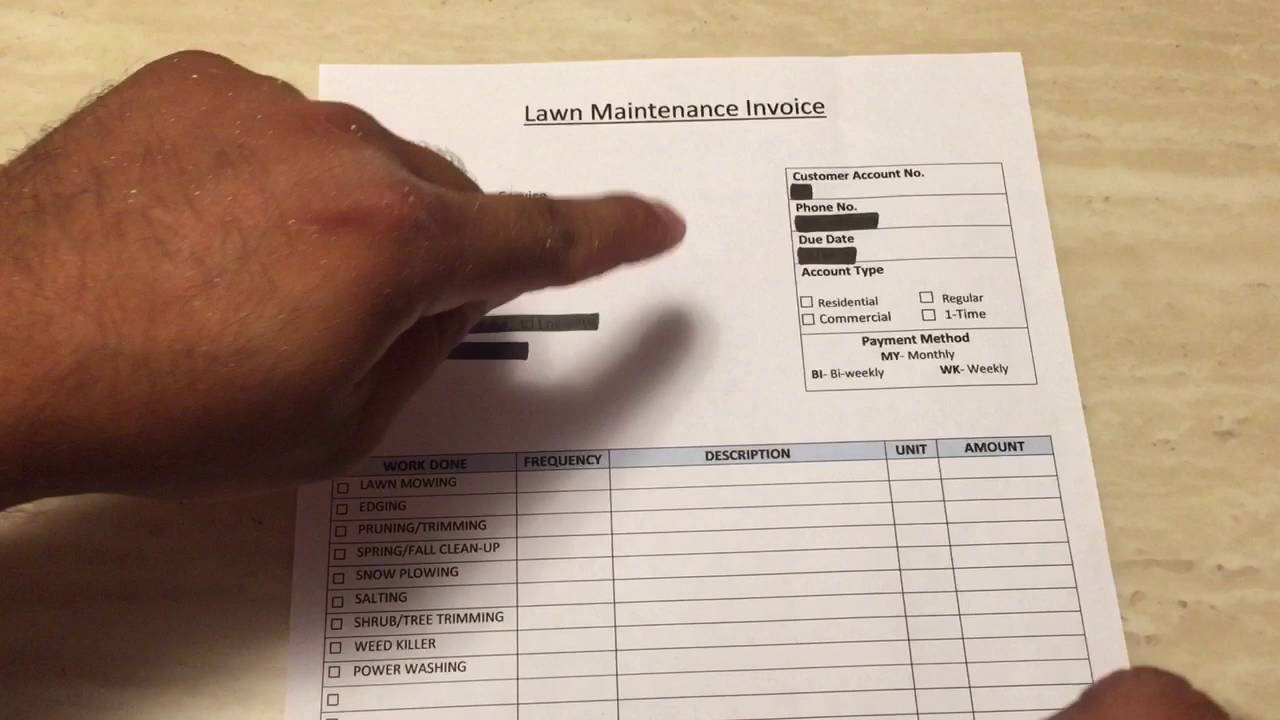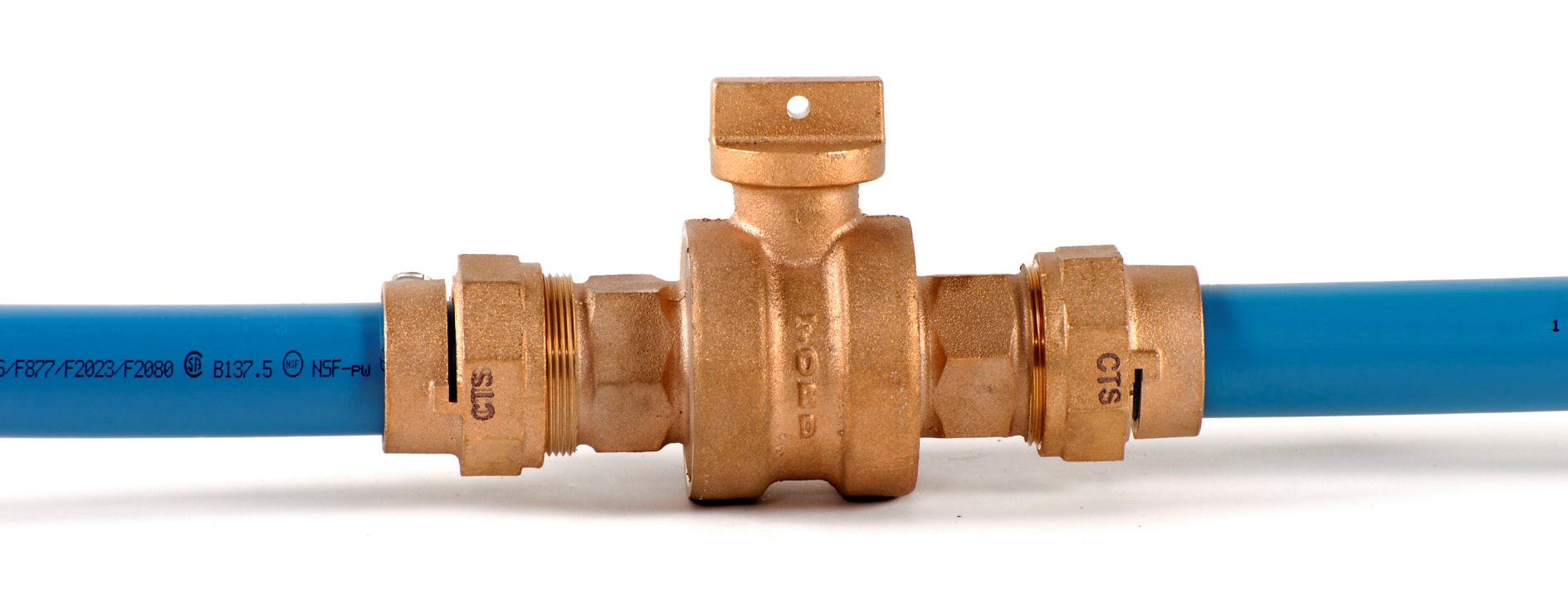Home>Home Maintenance>What Is Billed Line By Line On A Home Repair Invoice


Home Maintenance
What Is Billed Line By Line On A Home Repair Invoice
Modified: March 6, 2024
Learn what items are billed line by line on a home repair invoice. Get clarity on home maintenance expenses and how they are broken down.
(Many of the links in this article redirect to a specific reviewed product. Your purchase of these products through affiliate links helps to generate commission for Storables.com, at no extra cost. Learn more)
Introduction
Taking care of your home is essential to ensure its longevity and maintain its value. However, occasional repairs and maintenance are often inevitable. Whether it’s fixing a leaky faucet, repairing a damaged roof, or replacing a faulty electrical system, home repairs can be both time-consuming and costly. To make matters simple and transparent, professional contractors typically provide a detailed home repair invoice for their services. This document breaks down all the charges and fees, line by line, to give homeowners a clear understanding of the work performed and the associated costs.
Understanding home repair invoices is crucial for homeowners who want to have a comprehensive overview of the services rendered and any potential additional charges. In this article, we will delve into the intricacies of home repair invoices and provide a line-by-line breakdown of common items you may find on one. Additionally, we will discuss tips for reviewing these invoices and ensuring their accuracy.
Key Takeaways:
- Understand home repair invoices to know what you’re paying for. Check labor, materials, and additional charges to ensure accuracy and transparency in your expenses.
- Review your home repair invoice carefully. Compare it to the estimate, verify labor and material costs, and seek clarification if needed. Keep a copy for your records.
Read more: What Is AIA Billing In Construction
Understanding Home Repair Invoices
Home repair invoices serve as an important documentation tool for both contractors and homeowners. These invoices provide a detailed account of the services provided, the materials used, and the costs associated with the repairs or maintenance. They help homeowners understand what they are paying for and assist contractors in maintaining an organized record of their work.
When hiring a professional contractor for home repairs, it is common practice to request an itemized invoice. This allows homeowners to assess the breakdown of costs and ensures transparency throughout the process. Understanding the various elements of a home repair invoice will help you make informed decisions regarding your expenses.
Home repair invoices typically contain several key components. These include the contractor’s information, such as their name, contact information, and license number. The homeowner’s details, including their name and address, are also listed. Additionally, the invoice should include a description of the work performed, the dates and times, and the invoice number for reference purposes.
Another important aspect of understanding home repair invoices is familiarizing yourself with the different types of charges and fees that may be included. These can range from labor costs and material fees to any additional charges for permits or unexpected repairs. It is crucial to review and comprehend these charges to ensure accuracy and prevent any misunderstandings or discrepancies.
Breaking Down a Home Repair Invoice
A home repair invoice is typically divided into sections to provide a clear breakdown of the services and charges. Understanding these sections will help homeowners make sense of the invoice and verify the accuracy of the charges. Here are the main sections you can expect to find in a home repair invoice:
- Labor Charges: This section outlines the labor costs associated with the repairs or maintenance. It includes the number of hours worked by the contractor or their team and the rate charged per hour.
- Material Costs: This section details the cost of the materials used in the repair or maintenance. It includes the quantity of each material and its unit price.
- Additional Charges: This section encompasses any additional charges that may have been incurred during the repair process. This could include permit fees, disposal fees for old materials, or any unexpected repairs that were not initially included in the estimate.
- Tax and Discounts: This section includes any applicable taxes and discounts. The tax amount is typically calculated based on the local tax rate, and discounts may be offered for certain services or as part of special promotions.
- Total Amount Due: This section provides the total sum that the homeowner is required to pay, taking into account all the charges, fees, and taxes.
By reviewing these sections, homeowners can gain a comprehensive understanding of the breakdown of costs and ensure that they are being charged correctly. It is essential to pay attention to each line item and verify that the quantities, prices, and totals are accurate.
It is also worth noting that some contractors may provide a detailed description of the work performed for each line item. This can further help homeowners understand the specific tasks completed and the materials used for each part of the repair or maintenance project.
Line-by-Line Breakdown of a Home Repair Invoice
A line-by-line breakdown of a home repair invoice provides a detailed account of the services rendered and the associated costs. Let’s explore some common line items you may come across:
- Labor: This line item represents the labor charges for the contractor’s time spent on the repairs or maintenance. It typically includes the number of hours worked and the hourly labor rate.
- Materials: This line item details the cost of the materials used in the project. It includes the quantity of each material and its unit price.
- Travel Expenses: If the contractor had to travel a considerable distance to reach your home, they may include travel expenses such as mileage or transportation costs in this line item.
- Permits: If permits were required for the repair or maintenance work, this line item covers the cost of obtaining those permits.
- Subcontractors: In some cases, contractors may need to hire subcontractors for specialized tasks. This line item includes the fees paid to the subcontractors.
- Disposal Fees: If there were any materials or debris that needed to be disposed of, this line item covers the disposal fees.
- Additional Repairs: If any additional repairs or unforeseen issues were found during the project, this line item covers the cost of addressing those issues.
- Tax: This line item includes the applicable taxes based on the local tax rate.
- Discounts: If you were eligible for any discounts, such as a promotional offer or a referral discount, it would be listed here.
It’s important to carefully review each line item and ensure its accuracy. If you have any questions or concerns about a specific charge, don’t hesitate to reach out to the contractor for clarification. By reviewing the line-by-line breakdown, you can have a better understanding of the costs associated with your home repair project and make an informed decision about the invoice.
When reviewing a home repair invoice, look for a detailed breakdown of the work performed, including each task, materials used, and labor costs. This will help you understand exactly what you are being charged for and ensure transparency in the billing process.
Common Items Billed Line by Line
When reviewing a home repair invoice, you may come across several common items billed line by line. Understanding these items will help you grasp the breakdown of costs and ensure that you are being charged appropriately. Here are some examples of common items you may find:
- Labor: This line item encompasses the cost of the contractor’s or technicians’ time spent on the project. It includes their hourly rate and the number of hours worked.
- Materials: This line item accounts for the cost of the materials used in the repair or maintenance work. It includes items such as lumber, plumbing fixtures, electrical components, or paint.
- Equipment Rental: If specialized equipment was required for the project, such as a power tool or a ladder, the rental cost may be billed separately.
- Consultation Fee: Some contractors may charge a consultation fee for the initial visit or assessment of the repair needs. This fee can be credited toward the final cost of the project if you choose to proceed with the contractor.
- Permits: If permits are necessary for the repair or maintenance work, the cost of obtaining these permits may be billed separately.
- Travel Expenses: If the contractor had to travel a significant distance to reach your location, travel expenses, such as mileage or accommodation costs, may be included.
- Markup: Contractors may include a markup on materials to cover their overhead costs, such as purchasing and handling fees.
- Trash Removal: If there was a substantial amount of debris generated during the project, a fee for trash removal or disposal may be listed separately.
- Additional Services: If any additional services, such as emergency repairs or extra tasks requested by the homeowner, were provided, they would be listed as separate line items.
It’s important to carefully review each line item and ensure that the costs align with the agreed-upon estimate or quote. If there are any discrepancies or questions about a specific charge, don’t hesitate to communicate with the contractor directly. By understanding these common items billed line by line, you can gain a clearer understanding of the expenses associated with your home repair project.
Read more: How To Line Chimney
Understanding Charges and Fees
When reviewing a home repair invoice, it’s crucial to have a clear understanding of the various charges and fees that may be included. This knowledge will help you accurately assess the overall cost of the project. Here are some key charges and fees you may encounter:
- Labor Charges: Labor charges represent the cost of the contractor’s or technicians’ time spent on the project. It includes tasks such as the actual repair work, installation, or maintenance.
- Material Costs: Material costs cover the expenses of the materials used in the repair or maintenance work. This may include items such as lumber, paint, plumbing fixtures, electrical components, or specialized parts.
- Markup: Contractors may include a markup on the materials to cover their overhead costs, which can include purchasing, handling, and storage fees. Markup percentages can vary, so it’s essential to understand and negotiate this aspect beforehand.
- Additional Services or Repairs: If the contractor performs additional services or discovers unforeseen repairs during the project, they may incur additional charges. It’s important to address these potential extra costs upfront and have a clear agreement about how they will be billed.
- Permits and Inspections: Depending on the scope and nature of the repairs, permits and inspections may be required. The associated fees for obtaining permits and arranging inspections should be included in the invoice, if applicable.
- Travel Expenses: If the contractor needs to travel a considerable distance to reach your location, travel expenses such as mileage, accommodation, or meals may be included in the invoice.
- Administrative Fees: Some contractors may charge administrative or paperwork fees to cover their administrative costs, such as accounting, invoicing, or project management.
- Taxes: Depending on your location, taxes may be applied to the total cost of the project. It’s important to clarify if taxes are included in the initial quote or estimate or if they will be added separately.
- Discounts: In some cases, contractors may offer discounts for various reasons. This could include promotional offers, loyalty discounts, or referral discounts. Make sure to review the invoice for any applicable discounts.
By having a clear understanding of these charges and fees, you can ensure that the invoice accurately reflects the work performed and that there are no unexpected surprises. If you have any questions or concerns regarding specific charges, don’t hesitate to discuss them with the contractor to ensure transparency and clarity throughout the process.
Tips for Reviewing a Home Repair Invoice
When reviewing a home repair invoice, it’s essential to pay attention to the details and ensure that everything is accurate and transparent. Here are some tips to help you effectively review a home repair invoice:
- Compare the Invoice to the Estimate: Start by comparing the invoice to the initial estimate or quote provided by the contractor. Ensure that the costs, services, and materials listed in the invoice align with what was agreed upon.
- Check Quantities and Prices: Review the line items on the invoice to ensure that the quantities and prices of materials are correct. Ensure that any applicable discounts or promotions have been applied accurately.
- Verify Labor Charges: Verify the labor charges by cross-referencing the hours worked and the hourly rate mentioned in the invoice. If there are any discrepancies, discuss them with the contractor for clarification.
- Inspect Additional Charges: Take note of any additional charges, such as permits, travel expenses, or unexpected repairs. Ensure that these charges were discussed and agreed upon before the work began.
- Review Tax and Discount Information: Double-check the tax amount and ensure it is in line with the local tax rate. Similarly, make sure any applicable discounts or promotions have been correctly applied.
- Understand Payment Terms: Pay attention to the payment terms outlined in the invoice. Note any due dates or accepted payment methods. If you have any questions or concerns, discuss them with the contractor before making payment.
- Validate Contact Information: Check the contractor’s contact information, including their name, address, and phone number. This ensures you have accurate information for future communication or follow-ups.
- Seek Clarification: If you have any questions or concerns about specific line items, charges, or fees listed in the invoice, don’t hesitate to reach out to the contractor for clarification. A clear understanding can help avoid misunderstandings later on.
- Retain a Copy: Once you have reviewed and validated the invoice, keep a copy for your records. This will serve as documentation of the services provided and the associated costs.
By following these tips, you can ensure that the home repair invoice is accurate, transparent, and aligns with the agreed-upon terms. Effective review and communication with the contractor will help maintain a positive working relationship and enable you to make informed decisions about your home repair project.
Conclusion
Home repair invoices play a significant role in providing transparency and clarity for both contractors and homeowners. By understanding the various components of a home repair invoice and reviewing it carefully, you can ensure that you are being charged accurately and that all the services and materials have been accounted for. Here are the key points to remember:
- A home repair invoice provides a detailed breakdown of the services performed, materials used, and associated costs.
- Elements such as labor charges, material costs, additional charges, taxes, and discounts are typically included in a home repair invoice.
- Reviewing a home repair invoice involves comparing it to the initial estimate, checking quantities and prices, verifying labor charges, understanding additional charges, and confirming tax and discount information.
- Clear communication with the contractor is essential if you have any questions or concerns regarding specific charges or line items on the invoice.
- Retaining a copy of the invoice for your records serves as documentation of the services rendered and the associated costs.
By following these guidelines and taking the time to review your home repair invoice, you can ensure accuracy and transparency in your financial transactions. This will give you peace of mind, knowing that you are getting the services you paid for and that the costs have been fully accounted for. Remember, effective communication with the contractor is key, so don’t hesitate to reach out if you have any questions or need further clarification. With a comprehensive understanding of your home repair invoice, you can confidently manage your home maintenance projects and keep your living space in top shape.
Frequently Asked Questions about What Is Billed Line By Line On A Home Repair Invoice
Was this page helpful?
At Storables.com, we guarantee accurate and reliable information. Our content, validated by Expert Board Contributors, is crafted following stringent Editorial Policies. We're committed to providing you with well-researched, expert-backed insights for all your informational needs.
